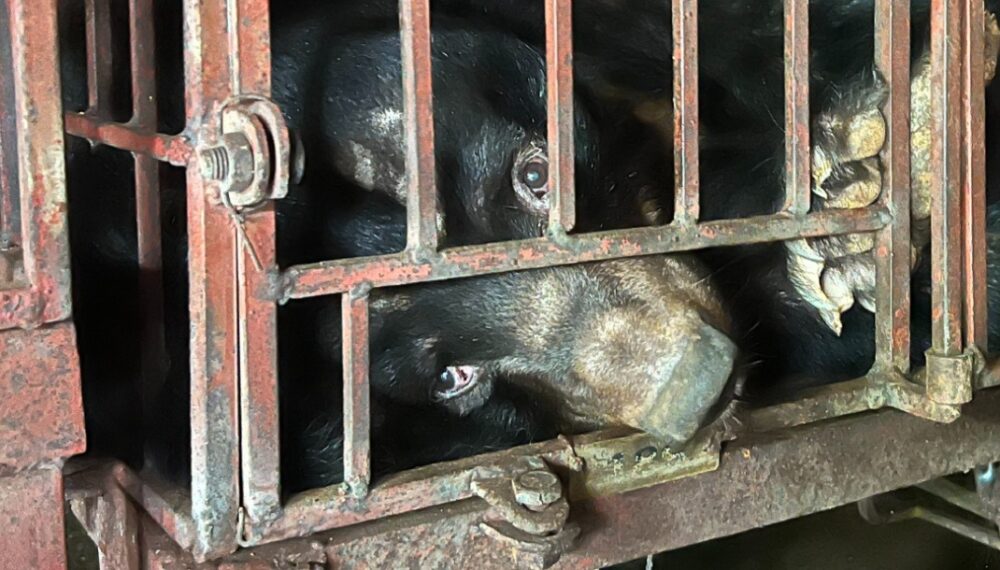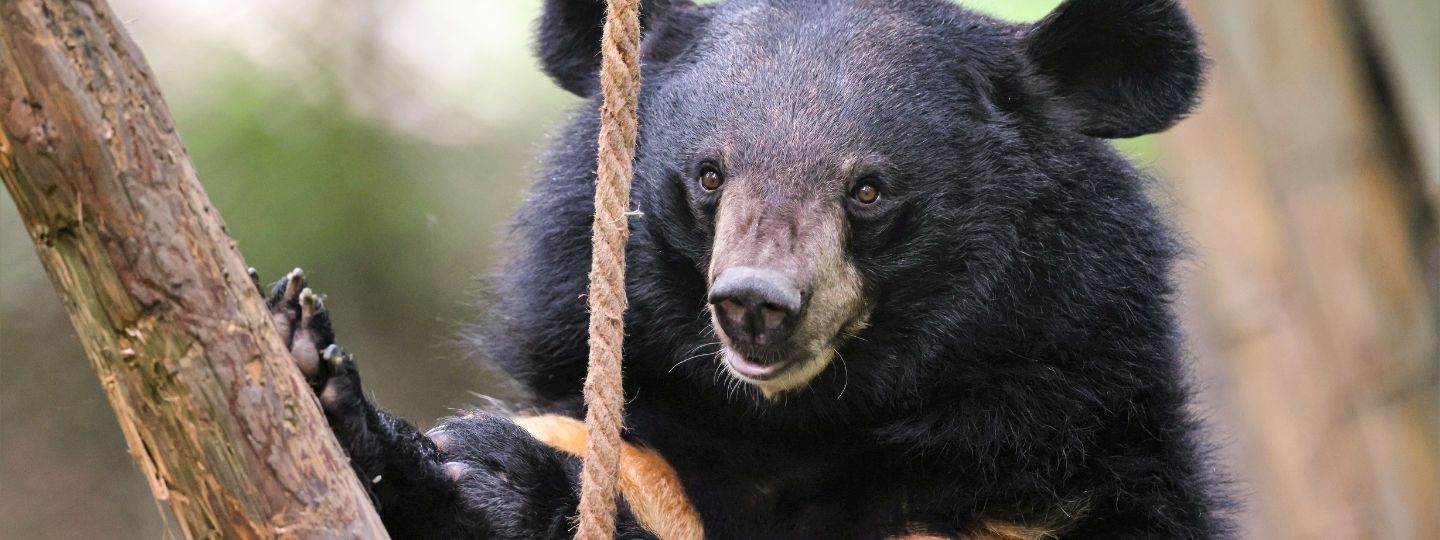
Our work
We believe every animal deserves kindness, compassion and a life worth living
Animals Asia is working to end the bear bile industry in Vietnam and protect moon bears in China. At our peaceful sanctuaries, rescued bears enjoy freedom for the first time in their lives.
But our work doesn’t stop there – we’re standing up for dogs and cats suffering in the meat trade, fighting for better treatment of captive animals and helping elephants live free from tourist rides.
Our core programs
-

Ending bear bile farming Vietnam
We're ending bear bile farming in Vietnam through rescue, education and government partnership.
-
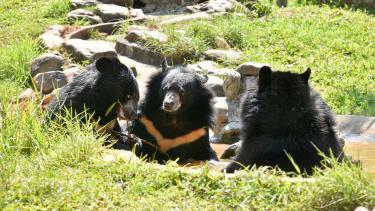
Bear Sanctuaries
At our award-winning sanctuaries rescued bears begins a new chapter filled with care, freedom and healing.
-

Moon bear protection China
Protecting moon bears in China through sanctuary care, education and compassionate community action.
-

Cat and dog welfare
We’re protecting cats and dogs across Asia through rescue, education and law reform.
-

Ending the dog meat trade Vietnam
We are working to end the dog meat trade in Vietnam and China through rescue, advocacy, and awareness.
-
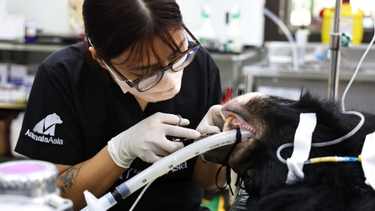
Transforming animal care
Training Asia’s future vets and animal carers to lead lasting change through education, innovation and empathy.
-
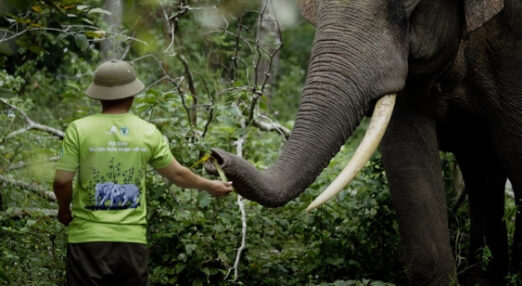
Captive animal welfare
Improving captive animal welfare across Asia through rescue, reform, education and collaboration.
-

Ending elephant riding tourism Vietnam
Find out how we're ending elephant riding in Vietnam through ethical tourism and community-led change.
-
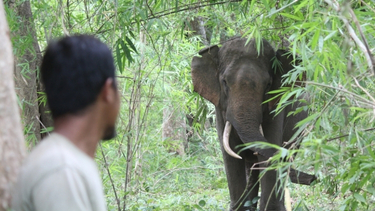
Ethical elephant tours Vietnam
See rescued elephants roam free in Vietnam’s first ethical tourism program.
Help us put an end to animal cruelty
Animals are being captured and exploited every day. Animals Asia has helped thousands, but there is always another animal in need of our help. Please donate today.
Donate now